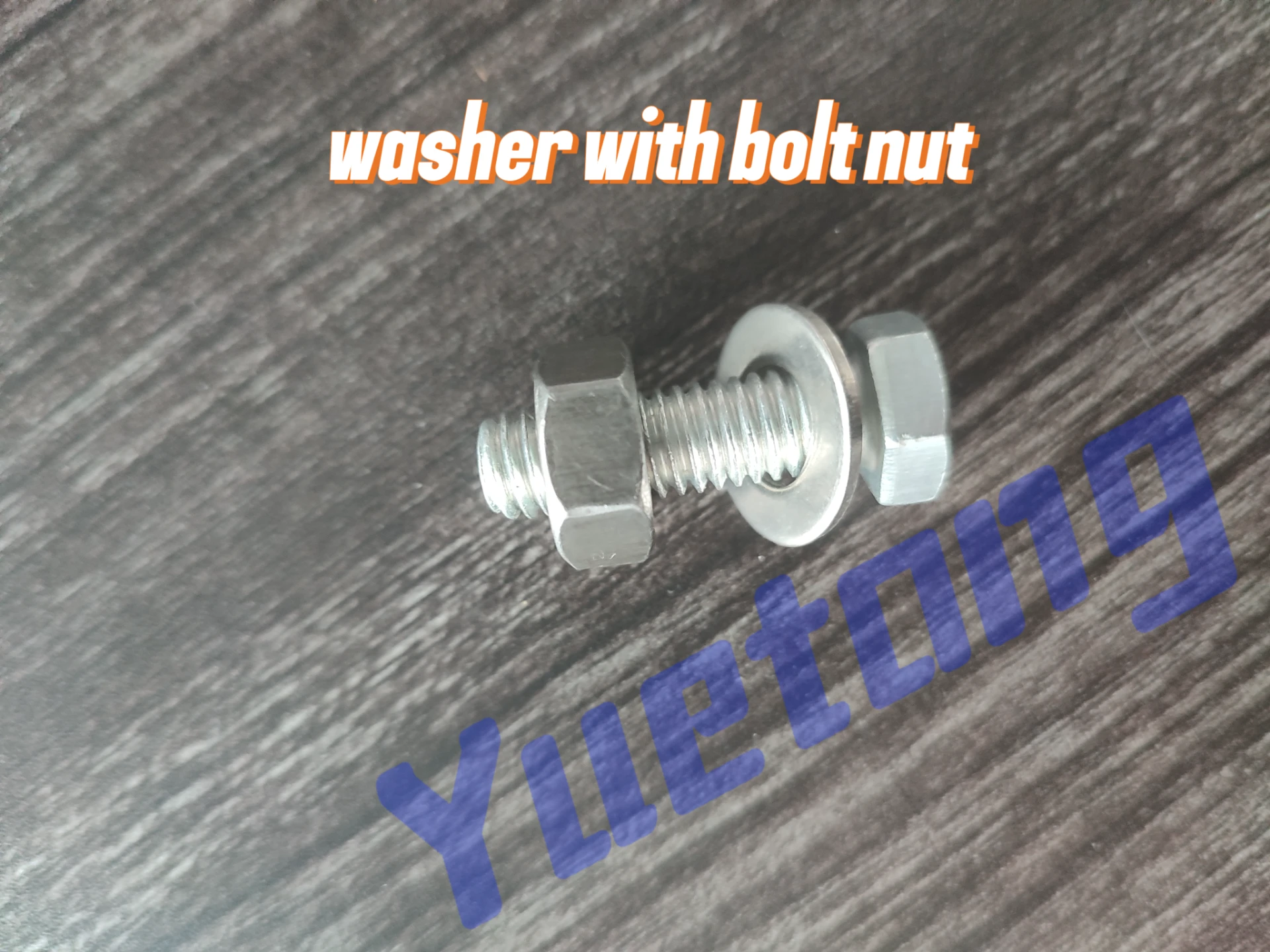সেপ্টে. . 03, 2024 08:56 Back to list
Best Screws for Metal Studs - Ultimate Guide for Professionals
When it comes to constructing interior walls using metal studs, choosing the right screws is essential for ensuring structural integrity and durability. Metal studs are widely appreciated for their strength, fire resistance, and lightweight properties, making them a preferred choice in modern construction. However, the connection method used is critical, and screws play a pivotal role in this process.
.
Typically, screws used for metal studs are made from steel and are often coated with a protective layer to prevent corrosion. In environments where humidity or water exposure is a concern, using screws with an additional coating, such as zinc plating, can enhance longevity and performance. It's important to select screws that are classified for metal-to-metal fastening to ensure a reliable connection.
what screws are used for metal studs

When fastening drywall to metal studs, it's important to consider the screw head type. Most commonly, the bugle head screw is used, as it creates a flush finish in drywall installations. Alternatively, for securing other materials, flat head screws can be employed, which sit flush with the surface of the material being attached.
In addition to choosing the right type of screw, the installation process must be carefully executed. Using a screw gun with adjustable torque settings can help prevent overdriving the screws, which can strip the metal or damage the materials being fastened. The spacing of the screws is also vital; typically, screws should be placed approximately 12 to 16 inches apart along the edges and throughout the field of the drywall.
In summary, when working with metal studs, utilizing self-drilling screws specifically designed for metal applications is crucial. By selecting the appropriate screws and ensuring proper installation techniques, builders can create sturdy, reliable walls that meet both functional and aesthetic needs. Thus, understanding the specifications and applications of screws for metal studs not only simplifies the construction process but also enhances the overall quality of the finished project.


